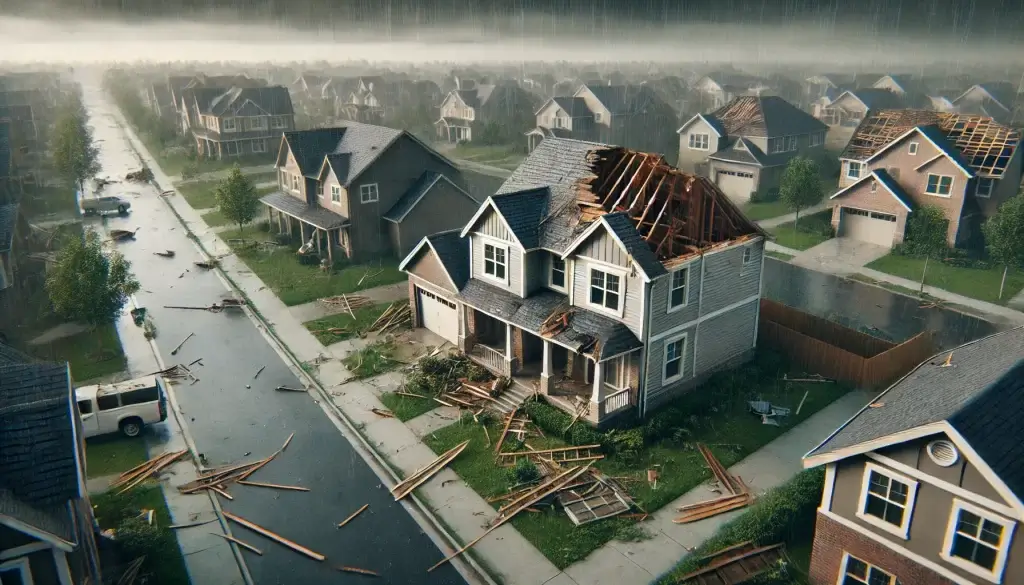Continuing from Rule #2 – Getting Started Prepping (Start Small)
Prepping Plans
Planning is integral to every aspect of life, and prepping is no exception. The whole concept of preparedness centers around the idea of looking ahead, anticipating potential issues, and devising strategies to manage them effectively. Therefore, one of the most important aspects of prepping for beginners, indeed for anyone embarking on this path, is developing comprehensive prepping plans.
Your prepping plans should be detailed and cater to your specific circumstances. They should encompass strategies for various critical areas, including food and water storage, emergency shelter, communication, and medical supplies.
Food storage: canned goods and beyond
When it comes to food and water storage, think about how much you would need to sustain your family for a specified period. Calculate your requirements, remembering to account for pets if you have them. Also, factor in the shelf life of the items you choose and devise a rotation system to prevent waste.

Shelter in an emergency situation
For emergency shelter, you should have a clear plan for both sheltering in place and evacuation. In your everyday life, this might mean identifying the safest spots in your house for different types of emergencies or making arrangements with friends or family in safer locations where you could stay if necessary.
Communication is part of your prepper kit
Communication is another critical area that needs to be addressed in your prepping plans. Establish an emergency communication plan with your family members. Include backup options like battery-powered radios in case regular channels are unavailable.
Medical planning beyond a first aid kit
The medical component of your plan should address both the need for basic supplies and any specific medical requirements your family may have. Stock an emergency medical kit with items like bandages, antiseptic wipes, tweezers, and a thermometer. Also, consider courses in first aid and CPR to equip yourself with potentially lifesaving skills.
Planning beyond emergency supplies
But prepping plans aren’t just about emergency supplies. They’re also about considering different scenarios and planning how you might navigate them. This could involve anything from natural disasters to power outages, medical emergencies to unexpected unemployment. By identifying these potential situations ahead of time, you can strategize appropriate responses and prepare accordingly.
Confident emergency preparedness
It’s important to remember that prepping is not about living in fear or becoming obsessed with the idea of disaster. Like having the peace of mind that comes with knowing you have a plan for various contingencies. It’s about the confidence of having strategies in place that enable you to provide for your family’s needs even when regular systems fail. As well as having the ability to remain calm and focused in the face of crisis because you know you’ve prepared to the best of your ability. So, start planning today and bring that peace of mind into your everyday life.

